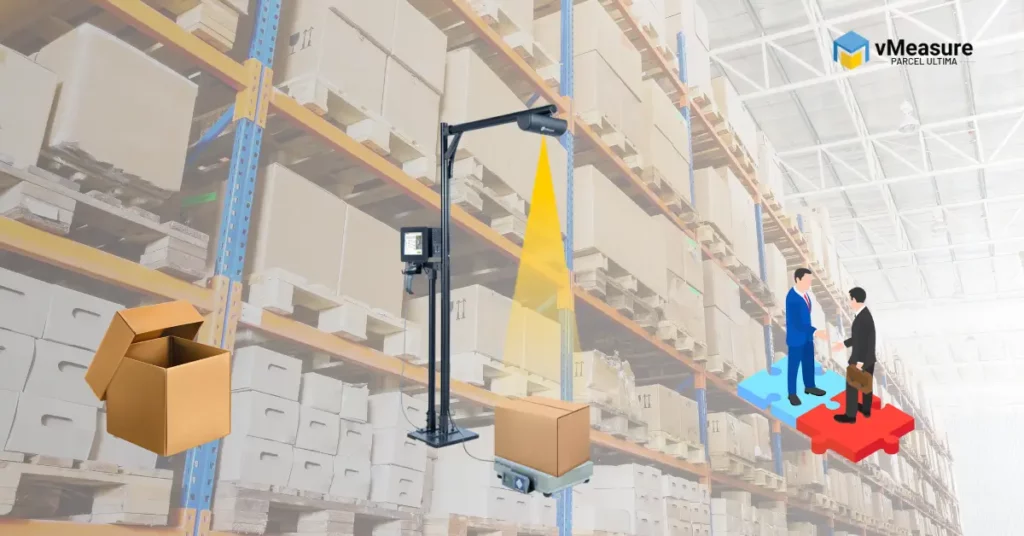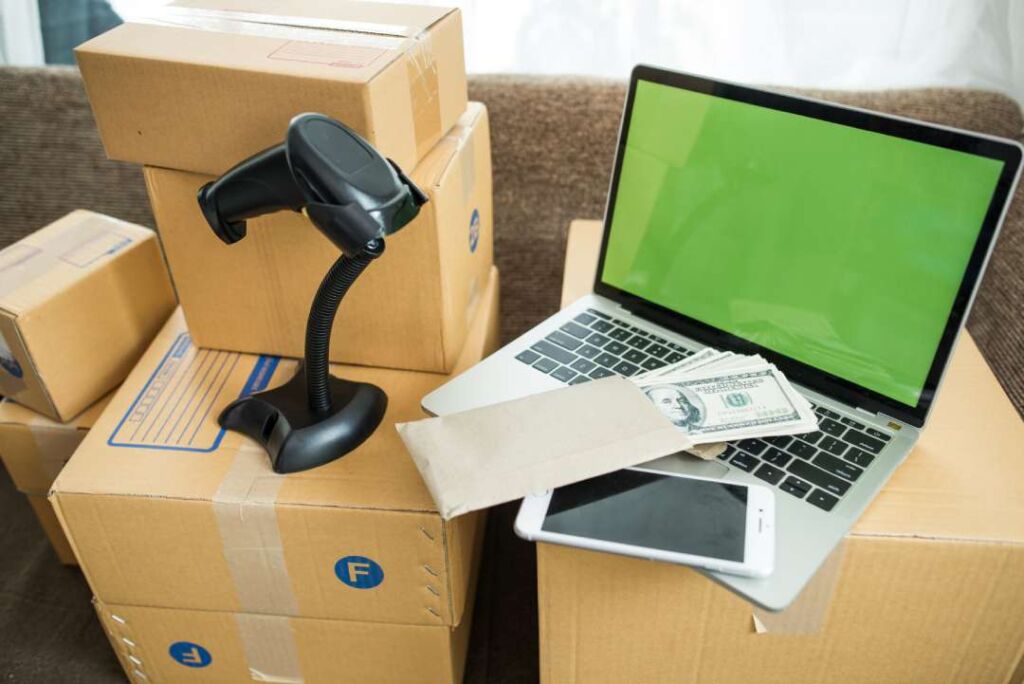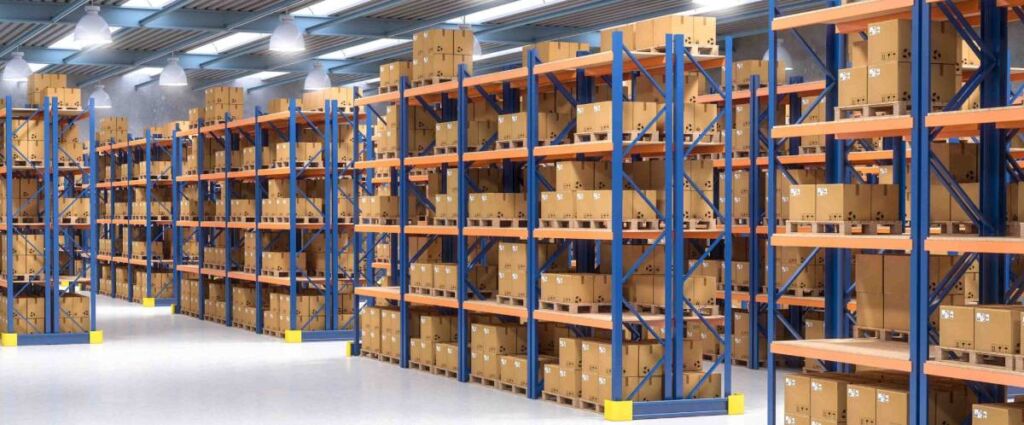Introduction
Have you ever been in a situation where you have secured the perfect product, nailed the marketing strategy, and even lined up with buyers but were perplexed about shipping decisions? As a shipper, your primary concern may revolve around cost-effectiveness. Did you know that the wrong shipping choice could be costing your business thousands of dollars a year? The soaring shipping cost affects your margin and profitability. In the year 2021, many shippers reported that shipping expenses were among their top operational challenges because they saw an expedited increase in global freight rates. The record price reached nearly 10,400 U.S. dollars in September 2021.
Choosing the right shipment is always not about just cost. It is about efficiency, speed, and reliability.
Let’s explore the essential information you need to make an informed decision, focusing on when to choose parcel shipping and LTL shipping.
Shipment size matters
You have multiple packages to ship but are confused about choosing the right shipping option. Then, decide based on your shipment size. If your shipment consists of multiple smaller items that could fit within a freight restriction, parcel shipping would be a better option. Carriers like UPS, and FedEx have specific size and weight limits for parcel shipping.
- The package should be within 150 lbs.
- Packages can be up to a maximum of 108 inches long.
Anything beyond these parameters incurs special charges. Evaluate the actual weight and size of your products, including any special packaging requirements.
However, consider checking the dimensional weight as most carriers typically charge for parcel shipping based on both the dimensional weight and actual weight of the parcel. They charge based on whichever is greater, either the actual weight or dimensional weight.
You can calculate the parcel dimensions using an automated dimensioning system, which provides both the actual weight and dimensional weight accurately. This will help you determine if your shipments fall within the parameters of Parcel Shipping or if LTL (Less than Truck Load) shipping is more suitable. Additionally, let’s consider the other aspects of choosing effective shipping.
Are you shipping fragile or delicate items?
If you are shipping high-value, fragile, or time-sensitive items, then parcel shipping is a robust choice for shippers over LTL shipping.
Parcel shipping is reliable and ensures the safety and security of delicate goods.
- Individual Handling: Parcel carriers are equipped to handle individual packages with care and precision.
- Specialized Packaging: Many parcel carriers offer packaging solutions tailored to fragile items. These packages are designed to provide extra protection, such as padding, cushioning, and double boxing, to safeguard the delicate contents.
- Dedicated Tracking and Visibility: Parcel services offer comprehensive tracking and visibility for each package. This transparency provides peace of mind and allows for quick action if any issues arise during transit.
- Careful Loading and Unloading: Fragile items are often placed on top or isolated from heavier or potentially damaging cargo, further minimizing the chances of damage during transit.
- Customized Handling Instructions: You can provide customized handling instructions to the carrier. This can include marking the package as “Fragile” or specifying special instructions for the delivery.
Is speed or cost saving your top priority?
Striking the right balance to meet customer expectations while managing cost-effectively is decisive. Parcel shipping is generally faster than LTL shipping as parcel carriers typically offer next-day or two-day delivery. LTL can take a few days to a week, depending on the distance between the origin and destination. If you need your package to arrive quickly, parcel shipping is a competent choice. However, some LTL carriers offer expedited shipping, where they prioritize speed, and it is best for pallets with time-sensitive goods.
How frequently do you ship?
Analyze the frequency of your shipments. If your shipments are less frequent but larger in quantity, make sure you’re sending out a lot of smaller ones frequently.
1. Parcel Shipping: Low Volume, High Frequency
Parcel shipping is often associated with individual packages, and it suits businesses that send out multiple small orders daily aiming to keep shipping costs under control.
2. LTL Shipping: High Volume, Low Frequency
If you deal with larger quantities of goods but ship less frequently, LTL Shipping often provides significant benefits. You can combine smaller multiple parcels into one palletized load and observe substantial cost savings when you are shipping larger volumes. Furthermore, for infrequent shipping, LTL can streamline your logistics. It reduces the complexities of handling numerous small packages separately.
Choosing eco-friendly shipping
If sustainability is one of your business goals, selecting the right shipping method can help reduce your carbon footprint and promote eco-friendly practices. LTL would be a greener choice of shipment as the consolidation of goods reduces the number of vehicles on the road. This reduces costs per unit of cargo, enhances resource utilization, minimizes environmental impact, and enables competitive pricing. In contrast, parcel shipping can generate large amounts of packaging waste, especially for small and individual items. Last-mile deliveries are often a challenge in parcel shipping as it is often done by diesel-powered vehicles and it emits a large amount of carbon dioxide, contributing to the carbon footprint associated with transportation.
Conclusion
So, which option is right for you? You can decide on parcel shipping or LTL carrier based on your prioritization of cost-effectiveness, speed, sustainability, or alignment with your shipment’s size, volume, and frequency. Remember, every cost-saving measure in your shipping strategy directly contributes to your bottom line. It’s not just about picking one over the other.
Finding the perfect fit for your unique needs is dynamic based on your business needs, long-term goals, and the evolving expectations of your customers. To put your business on the road to success, make sure to keep informed, comprehend the needs of your company, and continually optimize and enhance your plan.
Additional Tips
- Use dimensioning system – For multiple shipments, use dimensioning system to calculate the dimensional weight, which helps to calculate the shipping cost before shipping it.
- Compare rates from different carriers – You can use a shipping aggregator to compare rates from different carriers to find the best deal.
- Consolidate your shipments – If you have multiple shipments going to the same destination, try to consolidate them into a single shipment. This can save you money on shipping costs.




